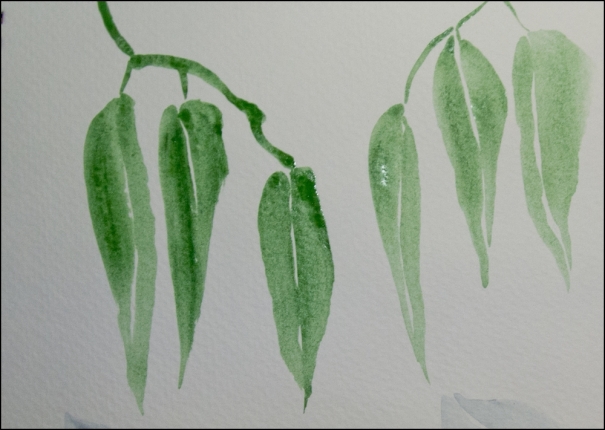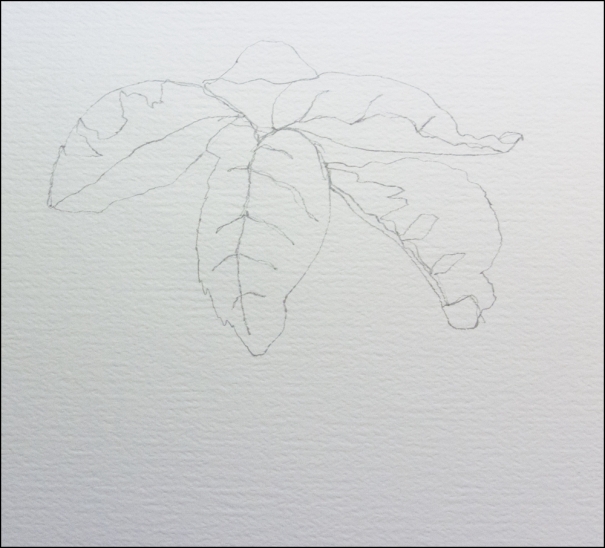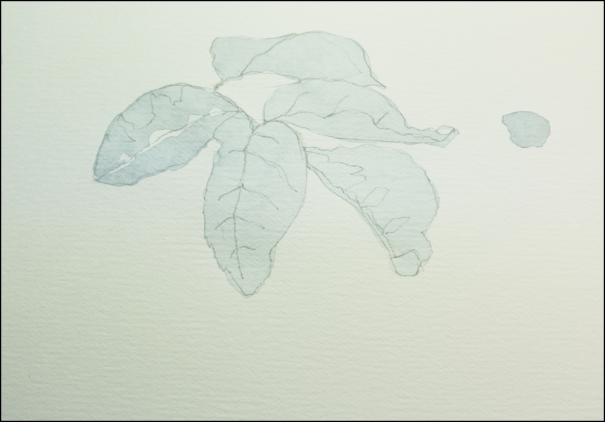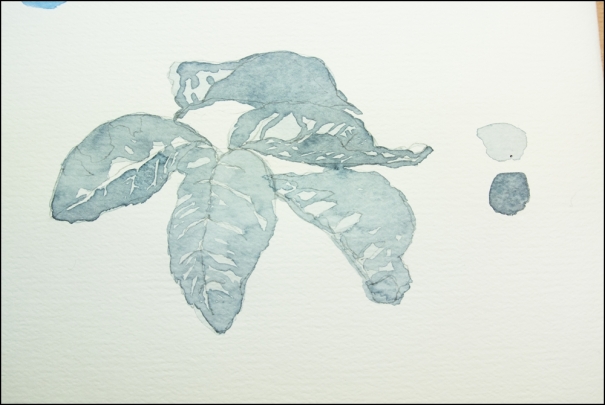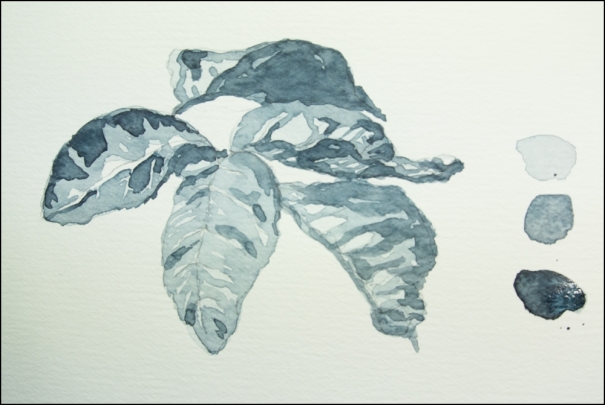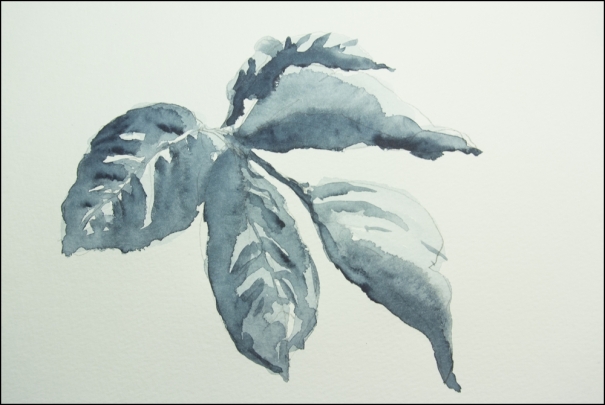
There are just times when it seems leisure doesn’t exist. That is how I have felt for nearly 6 weeks now – too many things needing attention. Little time in any day to be creative, to play, to get out and do something different. Yes, there have been breaks and time to paint, but nothing really for playtime!
For me, playtime means letting go of everything and just splashing around in the glorious mud of whatever I want to do. Today, I made that time. Watercolor was my mud.
After several days of cold and damp here in SoCal, the best kind of day arrived this morning. Cool skies, warm sun, bright light. I decided to take a piece of 16×20 CP 140# Arches watercolor paper, my spray bottle, big brushes and one of my watercolor palettes. No idea in mind, but sort of an inspiration.
There is a watercolor artist on YouTube, Sumiyo Toribe, who has a heck of a lot of fun with colors, water, and paper. Sometimes she paints big, sometimes small, sometimes on one sheet, sometimes across three sheets of 20×30 paper. There is a randomness to her work, but also a sense of composition. As well, the handling of ink and sumi-e can be seen in her work as she uses her brush in some very non-western ways. She looks like she has a lot of fun, and that is what I was looking for today.
I went outdoors onto the patio. My paper thoroughly wetted, front and back, I just began dropping yellow paint, then mixtures of yellow and orange, yellow and red, red and green, purple, blue, black, and then who knows what else. I painted wet into wet. I painted drops and blobs of color. I let the paper dry and then created glazes. Splatters, too. One glorious mess, and here you are.
No, this is not a work of art. It is a work of play and exploration. Fortunately, no muddy colors. Messy composition or lack thereof. But, to a degree, when I “thought” of a picture, I wanted summer into autumn, green into gold, shadow and light, and trees and underbrush. Everything that my SoCal suburban life lacks!
Thus, the Edge of the Seasons for your amusement. Hopefully some pleasure, too.












